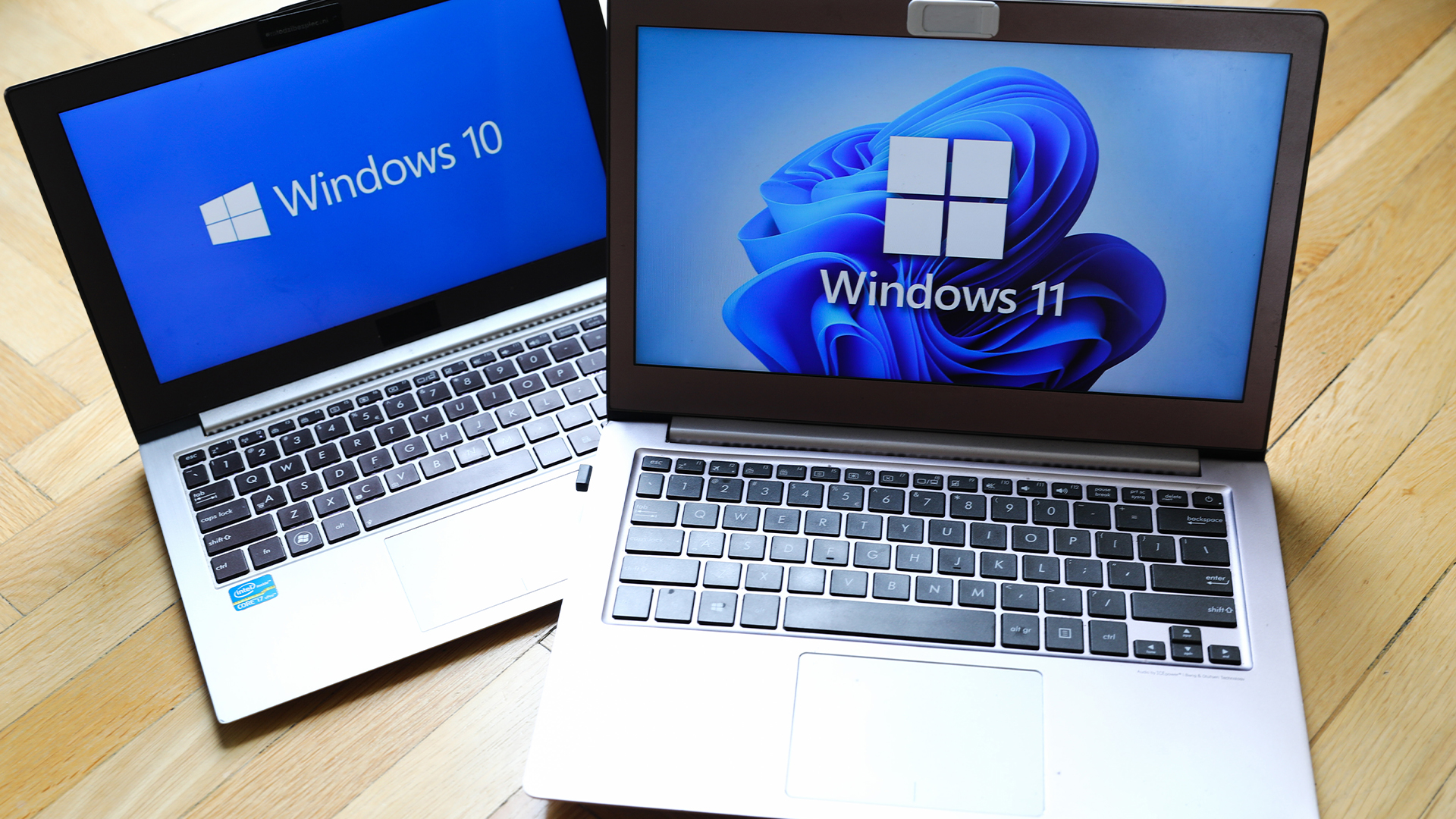Intel rival AMD claims Moore’s Law is not dead
Gaming chip firm says Moore’s Law is thriving in the form of ‘Moore’s Law Plus’

Moore's Law is not dead, according to the CTO of chip giant AMD, whose claim goes against the industry-wide observation that the theory is on its last legs.
Moore's Law is the prediction made by Intel co-founder Gordon Moore in 1965 that computing power would double every two years thanks to developments in technology over time leading to shrinking transistor sizes.
The law turned 50 last year and has so far proved an accurate guide for chip makers, but Intel CEO Brian Krzanich announced last year the firm would move away from the prediction for the first time, shifting transistor size from two to 2.5 years.

However, AMD - despite being Intel's biggest rival - doesn't agree.
"Some people have said Moore's Law is dead, so my question to them is: so how can you do a generation leap [in chips]?" AMD's CTO, Mark Papermaster, told IT Pro in a briefing in London. "Moore's Law is not dead."
Papermaster believes that Moore's Law is alive and well, and said only narrow-minded people think its evolution is just about transistor size.
"It's not just about the transistor anymore; we can't just have transistors improving every cycle," he explained. "It does take semiconductor transistor improvements, but the elements that we do in design in architecture, and how we put solutions together, also keep in line [with] a Moore's Law pace.
Sign up today and you will receive a free copy of our Future Focus 2025 report - the leading guidance on AI, cybersecurity and other IT challenges as per 700+ senior executives
This, Papermaster says, is what AMD call Moore's Law Plus'.
"Moore's Law Plus means you stay in a Moore's Law pace of computing improvement. So you can keep in with a Moore's Law cycle but you don't rely on just semiconductor chips, you do it with a combination of other techniques," he added.
These "other techniques" refer to a combination of design, the semiconductor and how you architect those system solutions that will keep on the Moore's Law pace.
It might be combinations of CPU and GPU, other accelerators, different memory configurations, or how they are pieced together there is room for lots of innovation at the next level.
Papermaster's comments on Moore's Law were made while discussing how far away the industry is from truly "life-like" virtual reality (VR), where detail is so high that your eyes are unable to tell the difference between VR and real life.
He believes this level of life-like interaction' is 10 years away, but it will not just happen suddenly. Rather, the technology powering VR will improve incrementally over the years.
"Like any technological evolution, you're going to see an improvement in every generation, which is typically a 12-month cycle, so it won't be a single leap and then we suddenly have life-like interaction," he said.
-
 What businesses need to know about data sovereignty
What businesses need to know about data sovereigntyWithout a firm strategy for data sovereignty, businesses put their data and reputations at risk
-
 Anthropic says MCP will stay 'open, neutral, and community-driven' after donating project to Linux Foundation
Anthropic says MCP will stay 'open, neutral, and community-driven' after donating project to Linux FoundationNews The AAIF aims to standardize agentic AI development and create an open ecosystem for developers
-
 Nvidia’s Intel investment just gave it the perfect inroad to lucrative new markets
Nvidia’s Intel investment just gave it the perfect inroad to lucrative new marketsNews Nvidia looks set to branch out into lucrative new markets following its $5 billion investment in Intel.
-
 Framework Desktop review: Modular design and ferocious AMD performance
Framework Desktop review: Modular design and ferocious AMD performanceReviews AMD's Ryzen Max CPUs debut in Framework's impressive modular self-build small-form desktop PC
-
 The US government's Intel deal explained
The US government's Intel deal explainedNews The US government has taken a 10% stake in Intel – but what exactly does the deal mean for the ailing chipmaker?
-
 US government could take stake in Intel as chip giant's woes continue
US government could take stake in Intel as chip giant's woes continueNews The move would see increased support for Intel’s manufacturing operations
-
 Dell says Windows 11 migration is a prime opportunity to overhaul ageing PC fleets – and AI devices are in the spotlight
Dell says Windows 11 migration is a prime opportunity to overhaul ageing PC fleets – and AI devices are in the spotlightNews The shift to Windows 11 means IT leaders can ditch old tech and get their hands on AI PCs
-
 AMD chief exec Lisa Su says its new Helios AI rack is a 'game changer' for enterprises ramping up inference – here's why
AMD chief exec Lisa Su says its new Helios AI rack is a 'game changer' for enterprises ramping up inference – here's whyNews The integrated hardware offering will feature upcoming AMD chips and networking cards
-
 AMD Advancing AI 2025: All the latest news and updates from San Jose
AMD Advancing AI 2025: All the latest news and updates from San JoseFollow all the news and updates live from AMD's latest Advancing AI conference
-
 What enterprises need to be Windows 11 ready
What enterprises need to be Windows 11 readySupported Hardware purchasing will play a key role in delivering success during the Windows 11 migration rush